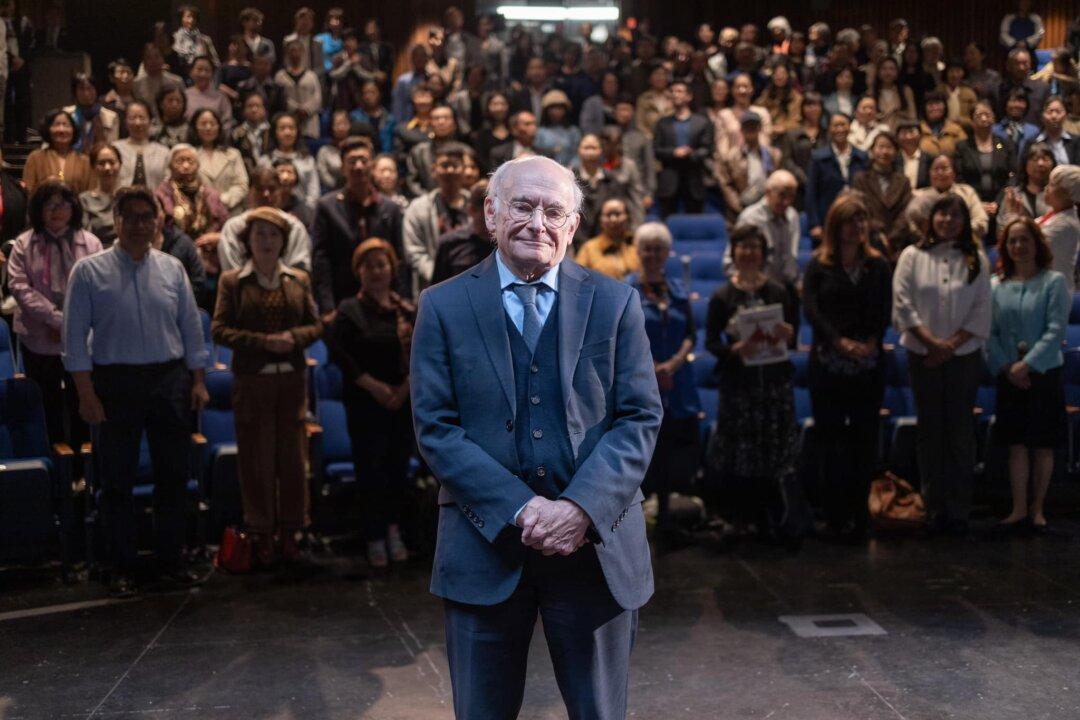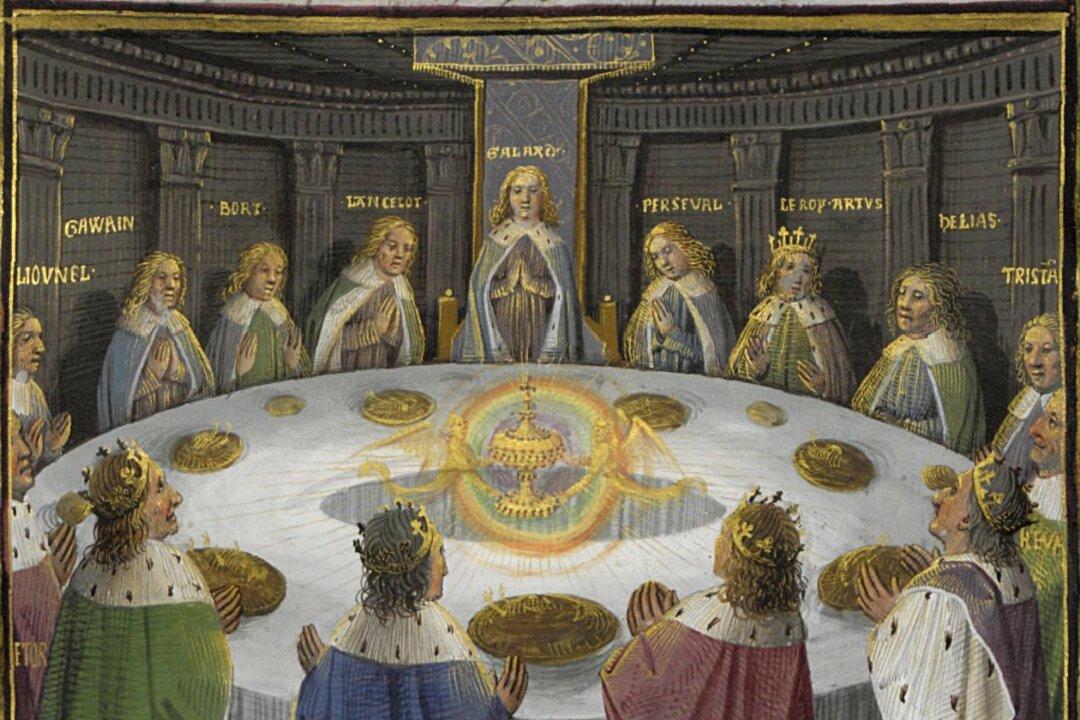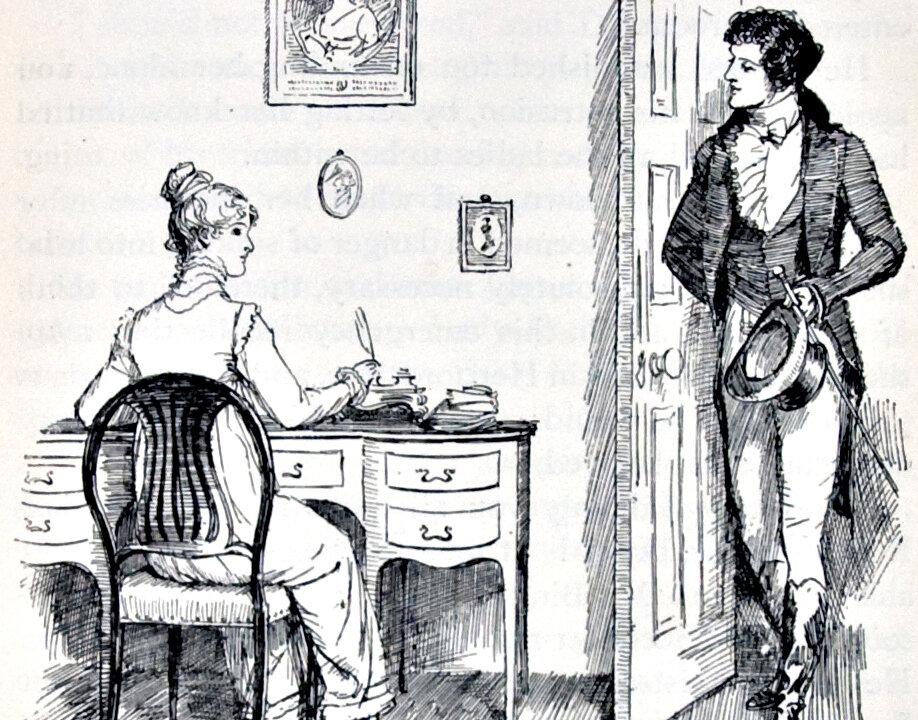While most people are familiar with the opera, fewer know about its cousin the operetta. Lighter in plot and song, the art form features spoken dialogue and dance, but is still sung with operatic voices. Popularized in the late 19th century by French composer Jacques Offenbach, the genre was also a favourite of the Waltz King himself, Viennese composer Johann Strauss II.
Today, Strauss’ Die Fledermaus, literally translated as The Bat, is the most performed operetta in the world, beloved for its infectious melodies and light-hearted plot.
“The whole idea is ‘Let’s drink champagne and enjoy life while we can, dance and be together and be in love,” says soprano Lucia Cesaroni who plays the ambitious maid Adele in Toronto Operetta Theatre’s production of Die Fledermaus. The operetta opened on December 28 and runs until January 9 at the St. Lawrence Centre for the Arts.
When Adele, who has secret dreams of becoming an actress, receives an invitation to attend a ball at Prince Orlofsky’s, she steals a dress from her mistress, unaware that her mistress and her husband have also been invited to the ball. What ensues is a game of mistaken identities, playfulness, fun, and banter.
“Adele is lots of fun to play because she is full of energy, and it requires a lot of comedy and timing, and having fun, and playing—in the full sense of the world, playing on stage,” says Cesaroni.
While loyal to the original score (Die Fledermaus made its debut in 1874 Vienna), the production by the Toronto Operetta Theatre presents Strauss with a twist—the dance that is. Set in the 1960s, it features everything from beehive hairstyles and great dresses to dramatic looking sets, true to the era of freedom and new ideas.
“It’s more relatable to audiences nowadays if it’s set in a period that they remember,” explains Cesaroni. Having the operetta be performed in English rather than the original German also helps.
There are two main reasons for the Die Fledermaus’ enduring success, according to Cesaroni. One is Strauss’ beautiful timeless music, such as his waltzes, and the other is the plot’s joie de vivre and party theme, which makes the experience entertaining for audiences.
The theme of disguise is also appealing. “I love the idea that it all breaks down when we’re disguised. When we’re disguised, the party is democratic,” Cesaroni says. “That (having everyone be equal) makes for lots of potential for comedy and character and excitement. It’s really funny that a master has to beg forgiveness from his maid.”
Die Fledermaus with a Twist
Toronto Operetta Theatre’s presentation sets Strauss’ beloved work in the 1960s
|Updated:




